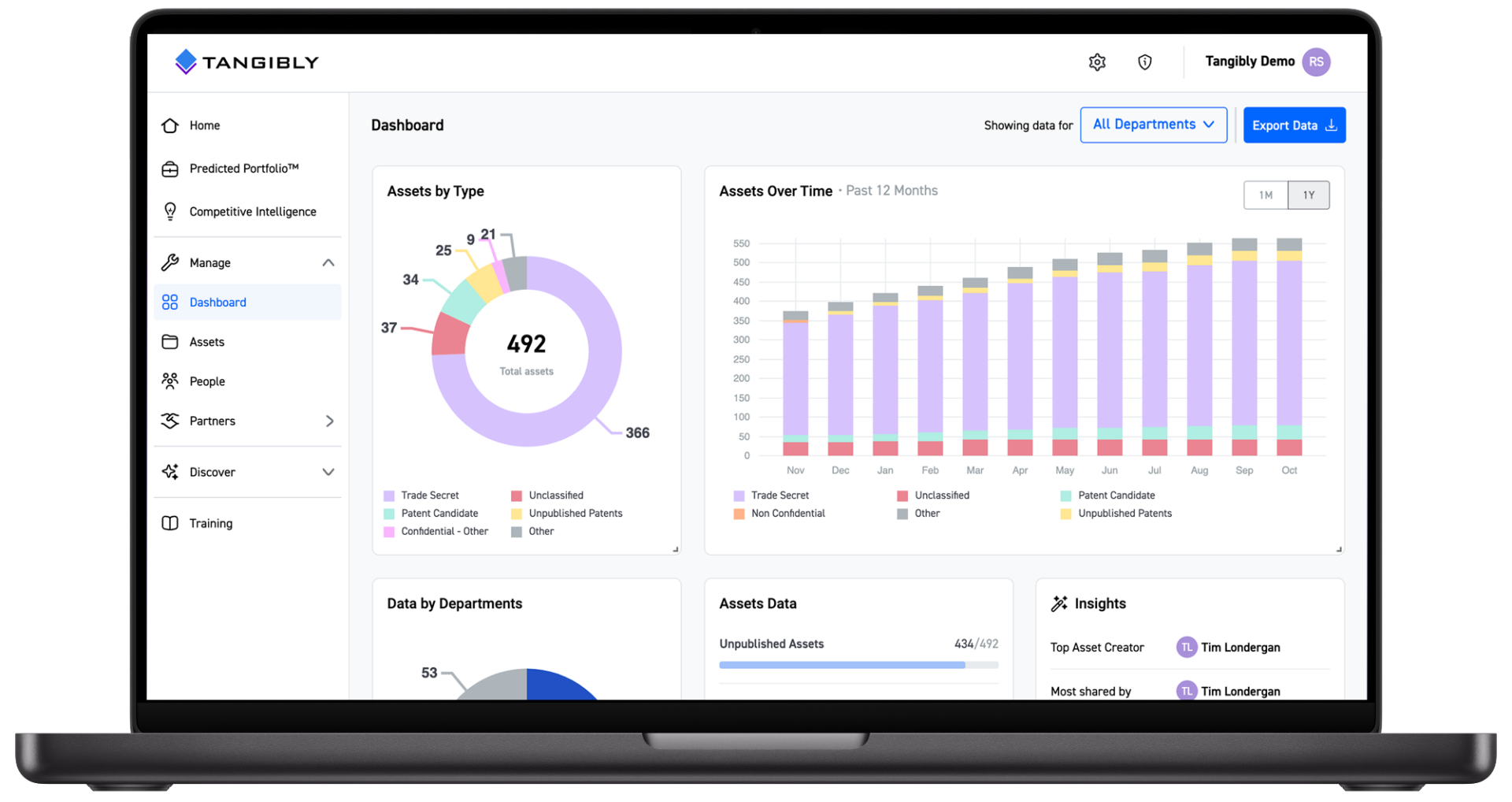How many times have you told an inventor “Let’s not patent your idea, but we’ll keep it a trade secret”? This is immediately followed by dropping the idea into a deep dark hole, never to be seen again…This is not how you treat valuable company assets!
Team Tangibly has been active attending conferences worldwide, evangelizing about the growing importance of trade secrets and how they must be handled with the love and respect that they deserve.
Here are a few of our observations:
1) Trade secrets are more than just a buzzword
Even a few years ago, “trade secrets” were little more than a buzzword or afterthought. This year has seen a huge upswing in trade secret news, understanding, and litigations. IAM and Kisaco have pulled together high quality events in US, Europe, and Asia, bringing together experts from both law firms and corporations.
Trade secret litigations, and the significant damages awarded to successful plaintiffs, are also getting more attention. We’ve seen trade secret disputes across a wide array of markets – software, medicine, ship building, and even beer!
2) Everyone has questions on a practical “how to” level
Despite the increased attention, most people do not know what to do on a practical level to protect their valuable trade secrets. Part of the challenge is that there are not many service providers, software developers, and law firms providing practical proactive tools and counseling. We at Tangibly see this as a huge opportunity to improve advice and managed services to make it easier for companies to identify and protect their valuable assets.
3) What is “reasonable”?
Clearly, doing nothing and hoping for the best, or waiting until you suffer a misappropriation, isn’t enough. It’s unreasonable!
Everyone knows that the minimum standard of care for trade secrets is that you take “reasonable measures” to protect them, but what does that mean? Of course there isn’t one clear bright line definition.
Reasonableness is case-dependent, and weighs factors such as the importance or value of the trade secret itself, and the situation of the trade secret owner. A huge MNC with a large IP budget and staff would be expected to dedicate more resources than a struggling startup company. Similarly, the “crown jewels” invaluable trade secret should receive more protection than an average or low value trade secret.
4) Valuation of trade secrets is challenging
With trade secrets becoming accepted as an additional asset class, the obvious question on everyone’s mind is “How do you valuate a trade secret?”. This is very much an open question, and the short answer seems to be “It’s really difficult”.
Just like with patents, it is a bit easier if there is a revenue stream and NPV attached to the trade secret, but many trade secrets do not directly relate to a specific product. For example, customer and vendor relationships, pricing models, and competitive intelligence are not revenue generating.
2023 was a great and exciting year for trade secrets, and we at Tangibly look forward to an educational and inspirational 2024.
